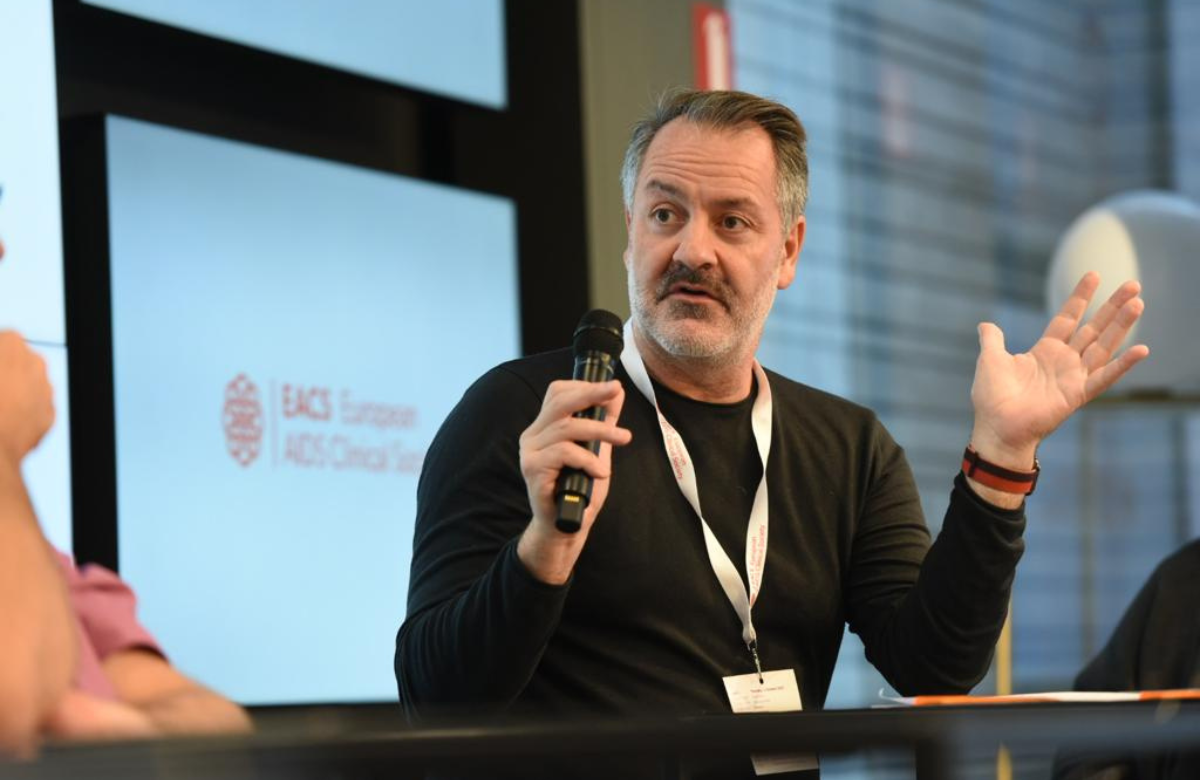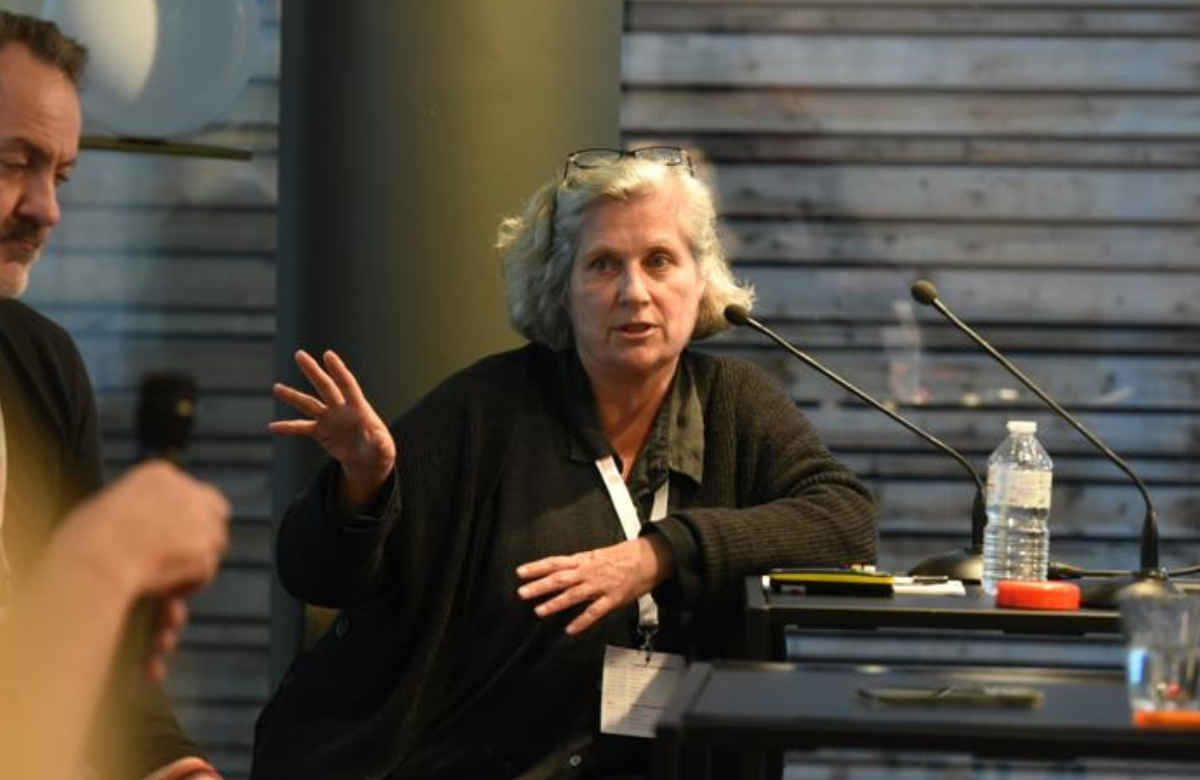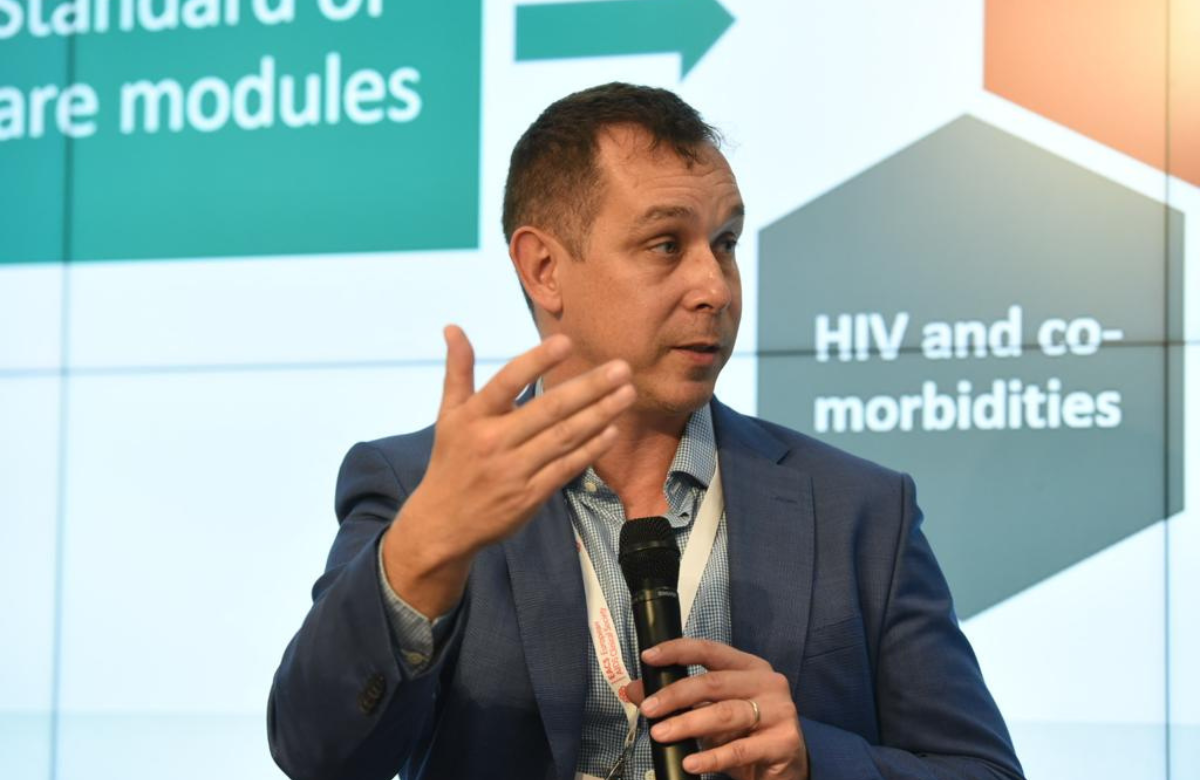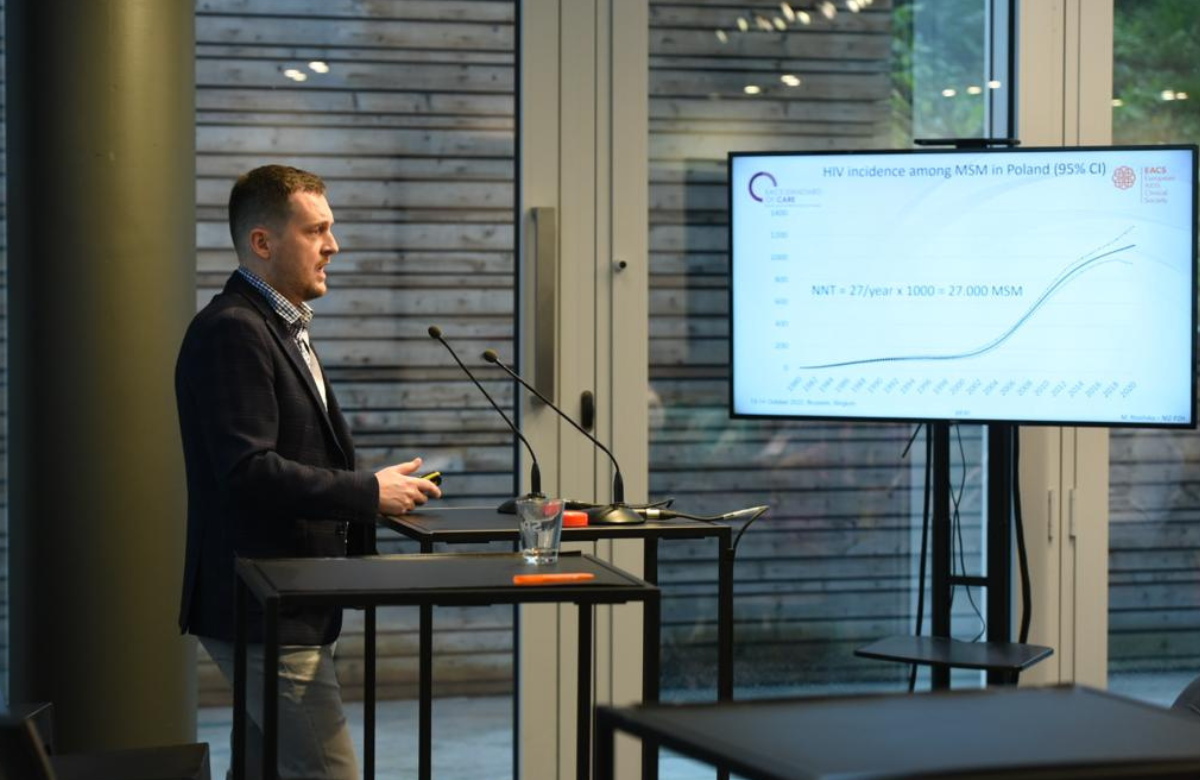Stigma and discrimination still a huge concern for people with HIV in Europe

Preliminary results from a survey conducted by the European Centre for Disease Prevention and Control (ECDC) show that large numbers of people living with HIV in Europe continue to experience stigma and discrimination. These results were announced at the fifth Standard of Care for HIV and Co-infections in Europe meeting organised by the European AIDS Clinical Society (EACS) in Brussels in October.
Teymur Noori of ECDC noted that when it comes to meeting targets for reducing HIV transmission and AIDS-related deaths, we know which measures are effective. But it is less clear how we will achieve ‘zero discrimination’ by 2030.
“When it comes to stigma, there are major gaps even in our understanding of how it works in HIV,” he said. “We can’t combat stigma and discrimination till we get a better idea of how prevalent they are and how they operate.”
This was why ECDC undertook the survey, which could be a model for regular surveys to chart progress. It was advertised online and through community partner organisations. Between November 2021 and January 2022, it received responses from 3272 people living with HIV in 54 countries. The sample over-recruited men (80%) and lesbian, gay and bisexual people (68%).
Asked firstly whether they were ashamed of their HIV status, and secondly if they had low self-esteem because of it, 27-28% agreed or strongly agreed with both questions, and 45-49% disagreed or strongly disagreed with them.
Over half (57%) said it was difficult to tell other people about their HIV status. The isolation of having HIV was underlined by 17% of respondents saying they had not told one friend, 19% saying they had never told a sexual partner and 26% who had not told any members of their family.
Negative reactions were common: 24% had been rejected by friends, 17% had received threats or abuse from a sexual partner, 16% discriminatory remarks or gossip from family and 15% had been blackmailed by people they knew. Many of these experiences had occurred quite recently. For example, a quarter of those who had been rejected by friends had experienced this in the past year.
Unsurprisingly, people experiencing stigma and discrimination were more likely to express dissatisfaction with their lives, but there was an even stronger association with physical health. People who rated their health as ‘poor’ or ‘very poor’ were three to four times more likely to experience such negative reactions as people with ‘good’ or ‘very good’ health.
In healthcare settings, anticipated stigma remains common: 56% had worried they might be treated differently by healthcare staff because of their status and 36% had actively avoided some healthcare services. Experiences of overt discrimination were less common, but in the previous 12 months, 11% had experienced healthcare staff being discriminatory to others with HIV, 9% had heard staff making discriminatory remarks or gossiping and 7% had experienced reduced or delayed services due to their HIV.
Chairing the session, Professor Fiona Burns commented that she had experienced HIV specialists making very valuable interventions when encountering stigma against their patients from other healthcare staff, but this needed to be systematised and more training provided.
EACS re-audits hepatitis care and finds improvements

A re-audit of hepatitis services in four European countries, conducted by EACS, has found improvements in standards of service in most of the clinics audited.
Dr Ann Sullivan of London’s Chelsea and Westminster Hospital told the meeting that notable improvements included a change in many clinics from annual to six-monthly screening for liver cancer in people with cirrhosis; an increase to virtually 100% in the proportion of people who had either had hepatitis C antiviral treatment or had it planned; and a large increase in the proportion of clinics who assessed and advised gay and bisexual men with HIV and hepatitis co-infection about chemsex use.
On the other hand, there had been no improvement in the proportion of patients with hepatitis B who were screened for the hepatitis delta virus, an infection that sometimes accompanies hepatitis B and makes it worse.
And there was a puzzling decrease, from nearly 100% to about 85%, in the proportion of patients with antibodies to hepatitis C who were tested for viral RNA, which indicates active infection. Dr Sullivan said this was “hard to understand”. It may be an after-effect of RNA testing capacity being diverted into COVID RNA testing.
Audit is not intended to measure performance against externally set clinical outcomes, but against achievable targets within a setting. As such, the EACS audit allows doctors, clinics and countries to compare their performance with others; its aim is to understand facilitators and barriers to achieving improved clinical standards.
Re-auditing to establish whether indicators have improved is an integral part of the process. In 2019, five European countries contributed data on hepatitis care; in 2022, four of the five same countries participated.
Fewer Ukrainian refugees with HIV in Poland than expected

The number of refugees with HIV coming from Ukraine to Poland has raised the number receiving HIV care in Poland by 16%, says Dr Miłosz Parczewski, President of the Polish AIDS Society. He gave a presentation on the issue both at the Standard of Care meeting and at the International Congress on Drug Therapy in HIV Infection (HIV Glasgow) later in October.
The number of refugees seeking HIV care is fewer than expected. Ukraine has nearly ten times as many people living with HIV as neighbouring Poland – the leading host country for refugees from the invasion.
This could be for several reasons. Some refugees do not plan to stay in Poland and may be on route to other countries where their refugee status has been accepted; some people may have disengaged from care; and some refugees have sought care at peripheral hospitals in eastern Poland that have not yet provided data.
The different demographics and needs of Ukrainian refugees are making new demands on Polish services. For example, 80% of people living with HIV in Poland are men who have sex with men. Ukraine’s HIV epidemic, on the other hand, having started in people who inject drugs, is now dominated by heterosexually acquired infections. The number of vertically infected children receiving HIV treatment in Poland has almost doubled in a few months.
One issue doctors have had to deal with is that the combination pill taken by the majority of Ukrainians living with HIV is not available in Poland, so many patients have needed to switch treatment. Another concern is that many Ukrainians have an HIV subtype called A6 which is rarely seen in other European countries. While there have been questions about whether resistance to HIV drugs, especially integrase inhibitors, may develop more frequently with this subtype, the news so far is reassuring.
Multiple barriers to accessing PrEP in central Europe

The number of people able to access HIV pre-exposure prophylaxis (PrEP) in most central European countries still numbers in the hundreds, and there are no signs of immediate improvements, Dr Bartosz Szetela told the meeting.
It is difficult to estimate PrEP usage in countries where it is often bought online or provided by an informal network of sympathetic physicians, but it is thought that Poland has the highest level of PrEP provision in central Europe with about 5000 PrEP users. Hungary may have 1000 users and Czechia about 800. Bulgarian clinicians counted 410 users, nearly all accessing PrEP through one clinic in Sofia. Slovenia has about 200 and Slovakia 60. Szetela and colleagues have already collected information on PrEP uptake from activists and physicians in eight countries in the region, and are looking to gather data from more countries.
PrEP access is influenced by many factors but, it really helps if the country’s Health Ministry has issued guidelines for PrEP provision. Of the countries surveyed, only Czechia, Poland, Slovenia and Slovakia currently have such guidelines.
Cost is a major factor. Although Poland’s guidelines were issued as early as 2014, only branded Truvada was available at the time. “The turning point,” Szetela said, “was when a generic company came forward with an offer to supply it at €29 a month in 2017.”
It is not only the cost of the medications that needs to be taken into account. While PrEP users in Czechia need to cover the €24-40 monthly costs of generic PrEP purchased in a pharmacy, Czech national health insurance covers all associated testing and monitoring, which otherwise could be more expensive than the pills.
In Hungary, with an unsympathetic right-wing government, all PrEP has to be bought online at about €60 a month and all testing paid for by the user – and that’s if you can access the approximately ten infectious disease physicians in the country who will arrange them for you.
Access to skilled and culturally competent physicians is a barrier in other countries too. In Poland, people who cannot access the small number of patient slots at the relatively small number of sympathetic sexual health clinics, mainly in the major cities, end up purchasing PrEP online.
A persistent barrier is stigma among medical professionals, especially older doctors. This is not helped in Hungary, Slovakia and Romania by national HIV or STI professional organisations not having developed strategies for public provision.
Szetela emphasised that the difficulties are not restricted to central Europe. “In the Netherlands, the number of people who can access PrEP is still capped,” he said, “and in Portugal, there is no cap as such, but lack of staff means there is a year-long waiting list for it, which makes nonsense of the idea that PrEP should be there during ‘seasons of risk’.”
